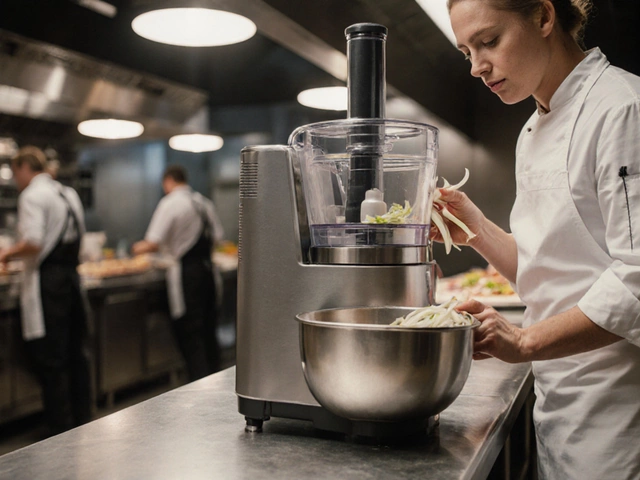Home Business Ideas You Can Start Right Now
Looking for a way to make money without leaving your house? You’re not alone. More people are turning their living rooms into profit centers, and the good news is you don’t need a big budget or fancy equipment. Below are ideas that blend low competition, solid demand, and simple steps you can take today.
Quick Wins You Can Start Today
1. Flip High‑Demand Items – 2025 data shows certain categories like vintage furniture, collectible tech, and niche fashion accessories bring the best ROI. Grab a few items from local garage sales, clean them up, and list them on platforms like eBay or Facebook Marketplace. Use the “most profitable item to flip” guide to pick products with a proven sell‑through rate.
2. Small‑Scale Manufacturing at Home – You don’t need a factory to make a product. Think of simple goods like custom printed T‑shirts, eco‑friendly candles, or biodegradable packaging. Follow the step‑by‑step startup guide for 2025 manufacturers: start with a clear product plan, source raw material locally, and use a small UV printer or candle‑making kit.
3. Low‑Competition Niches – Research shows sectors such as sustainable pet accessories, modular home office furniture, and specialty food processing have few players but growing demand. Choose a niche, validate it with a quick Instagram poll, then set up a basic Shopify store. The “industries with low competition” article outlines how to spot and enter these markets.
4. Import‑Export Mini‑Operations – If you have a reliable shipping partner, importing niche furniture or decor from India to the USA can be profitable. Learn the legal hurdles and cost structures from the “How to Import Furniture from India to the USA” guide and start with a small shipment to test the waters.
Building a Sustainable Home Business
Once you’ve chosen an idea, focus on three pillars: product quality, efficient processes, and measurement. The classic 5 M’s of manufacturing—Man, Machine, Material, Method, Measurement—apply even to a home workshop. Keep a simple spreadsheet to track costs, sales, and customer feedback.
Marketing on a budget works best when you leverage social proof. Share behind‑the‑scenes videos on TikTok or Instagram Reels, showcase before‑and‑after flips, and encourage happy customers to post reviews. Authentic content beats polished ads every time.
Finally, protect your venture. Register your business name, get any required local licenses (especially for food or chemical products), and set aside a small emergency fund for unexpected expenses. The “How Much Money Do You Really Need to Start a Small Scale Business” guide breaks down the hidden costs you’ll face.
Starting a home business isn’t a magic trick—it’s about picking the right idea, testing it fast, and scaling with data. Pick one of the ideas above, take the first step today, and watch your living room turn into a revenue hub.
Running a Successful Home-Based Manufacturing Business
Exploring the viability of running a manufacturing business from home, this article delves into the essential factors that contribute to success. It considers space requirements, cost management, legalities, and potential markets for homemade products. Practical tips and insights are shared to guide budding entrepreneurs in navigating the challenges and opportunities of this unique business model.
Read More




